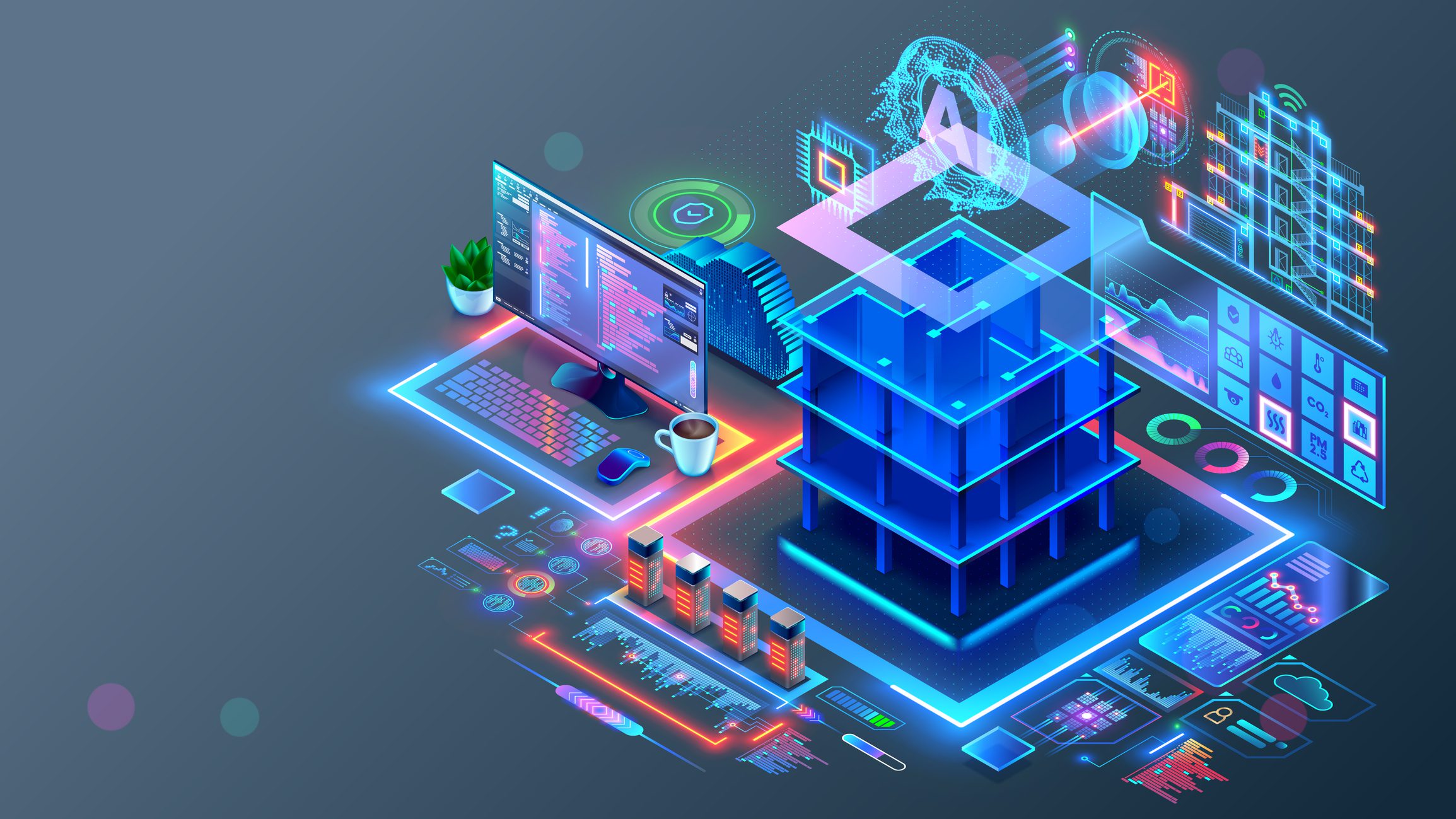By: Erik Jonasson
The evolution of design tools used to conceptualize and create infrastructure has been significant. Over the years, design professionals have witnessed a shift from traditional manual drafting techniques to sophisticated digital tools and software that have revolutionized the design process and pushed the boundaries of creativity and collaboration. Adopting technologies such as Twinmotion, Navisworks, and BIM 360 has altered how building designers and consultants analyze, design, visualize, present, and manage projects.
- Twinmotion, developed in collaboration with Unreal Engine, is a visualization software with real-time rendering capabilities and an extensive asset library that enables designers to create realistic visualizations of projects. The tool allows for quickly exploring design variations, equipment and building component layouts, and system routing integration. For building designers and consultants, the previously mentioned features provide an advantage of presenting complex ideas to clients in a visually immersive manner, aiding in better decision-making, understanding, communication and enhanced ways to present solutions and ideas.
- Autodesk Navisworks has become the go-to software for clash detection and project coordination in the building industry. Building consultants use Navisworks to integrate multidisciplinary models from various design and construction disciplines, identify clashes and conflicts, and streamline project coordination. With simulation and visualization features, Navisworks allows consultants to simulate construction processes and visualize the construction sequence. This level of coordination and visualization enhances the efficiency of a respective project and reduces conflict, rework, and delays, all of which contribute to ensuring a successful and positive outcome.
- Autodesk BIM 360 is an inclusive platform facilitating collaboration and data exchange among project stakeholders. Building consultants use BIM 360 to store, manage, and share project-related information, ensuring everyone works with the latest data. The cloud-based platform enables real-time collaboration, making it easier for teams to coordinate and communicate, irrespective of their physical location.
As design technologies evolve, consultants need to be aware of new and emerging technologies that will continue to push the boundaries of creativity and efficiency while enhancing the experience of design team members, clients and end-users. Examples of new and emerging technologies include virtual reality models, augmented reality, digital twin and operation modelling. Digital transformation is also changing project contracts and delivery formats that can now be based on digital models rather than two-dimensional design documents. Progress in the areas of machine learning and artificial intelligence is also being made and will likely be integrated into building design processes in the future.
Advanced digital tools have empowered engineers and architects to create more complex, efficient, and sustainable infrastructure while significantly improving collaboration, communication, presentation, and productivity during the design and construction process. Our team remains committed to adapting and leveraging new and innovative tools and approaches that enable our teams to create inclusive and safe spaces that meet the needs of current and future generations in our communities.
